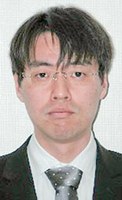 Kazuya Ishimura Kazuya Ishimura
Molecular Science Division Researcher Institute for Molecular Science, National Institutes of Natural Sciences
I majored in quantum chemistry at the Graduate School of Engineering at Kyoto University and received my Doctorate (of Science) from the Graduate University for Advanced Studies. Currently I’m conducting research into methods and techniques for performing large-scale quantum chemical calculations at Institute for
Molecular Science. Motivation for applying for the position I wanted to use what I’d learned about large-scale parallel computing to develop basic programs for use on the K Computer.
Mission / Role
To develop programs for performing highspeed, highly parallel quantum chemistry calculations and make them public so they can contribute to other areas of research as well. I’d also like to provide developmentrelated expertise in order to create an environment that will facilitate participation by many researchers.
|
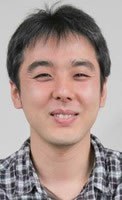 Tsuyoshi Okubo Tsuyoshi Okubo
Condensed Matter Physics Division Researcher Institute for Solid State Physics, The University of Tokyo
I majored in physics at the Graduate School of Sciences at Kyushu University. After receiving my Doctorate (of Science), I studied ordering and dynamics of frustrated magnets at the Graduate School of Science at Osaka University. Motivation for applying for the position I believe that progress in large-scale parallel computing using the K Computer opens up a new world of condensed matter physics research that is qualitatively very different
than what has been done before, and I wanted to contribute to that project.
Mission / Role
To develop innovative algorithms and techniques for computational condensed matter physics using large-scale parallel computing, and to use them to conduct condensed matter physics research
|
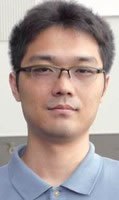 Tatsuya Sakashita Tatsuya Sakashita
Condensed Matter Physics Division Researcher Institute for Solid State Physics, The University of Tokyo / CMSI Kobe Branch
I majored in pure mathematics at Hiroshima University and the Graduate School of Science at Osaka University. Later I studied quantum information theory at the Graduate School of Information Systems of the University of Electro-Communications where I received my Doctorate (of Engineering).
Motivation for applying for the position The implementation of large-scale computing in quantum information theory, which I was doing in my doctoral studies, required a deep understanding of eigenvalue
computation. I wanted to apply this experience to parallelization on a nextgeneration supercomputer.
Mission / Role
To work on efficient implementation related to linear calculations including eigenvalue computation, in order to efficiently implement ALPS, QDS and other statistical mechanics simulation programs
|
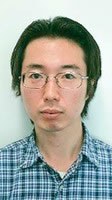 Hiroaki Nishizawa Hiroaki Nishizawa
Molecular Science Division Researcher Institute for Molecular Science, National Institutes of Natural Sciences / Faculty of Science and Engineering, Waseda University
I majored in quantum chemistry at Waseda University where I received my Doctorate (of Science). I worked on theoretical development of nonadiabatic theory. Motivation for applying for the position I developed programs not only as part of my research but as a hobby as well, so I thought I would be able to put that skill to use.
Mission / Role
To create advanced parallel computing programs using quantum molecular dynamics and the DC method, a linear scaling quantum chemistry calculation method, and conduct experimental xxresearch into chemical reactions.
|
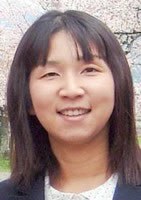 Tomoko Mizuguchi Tomoko Mizuguchi
Molecular Science Division Researcher Institute for Chemical Research, Kyoto University
I majored in physics at the Graduate School of Sciences at Kyushu University where I received my Doctorate. Later I studied glass transition using molecular dynamics at Lille 1 University in France. Motivation for applying for the position I wanted to expand on the systematic separation method for time scales and interaction in glass systems, in order to learn more about multi-component heterogeneous systems with more complex interactions among molecules.
Mission / Role
To achieve advances in methods of fusing large-scale MD simulations and solution theory, in order to learn more
about issues involved in intermolecular interaction in nanoscale heterogeneous systems.
|